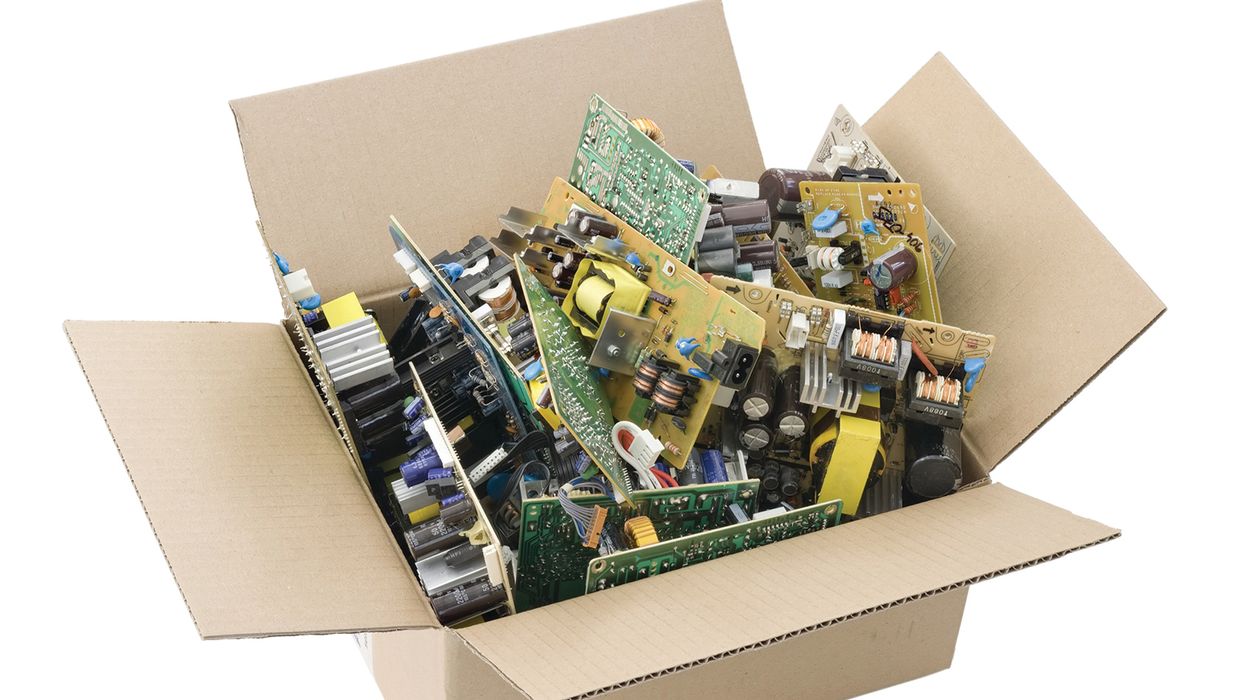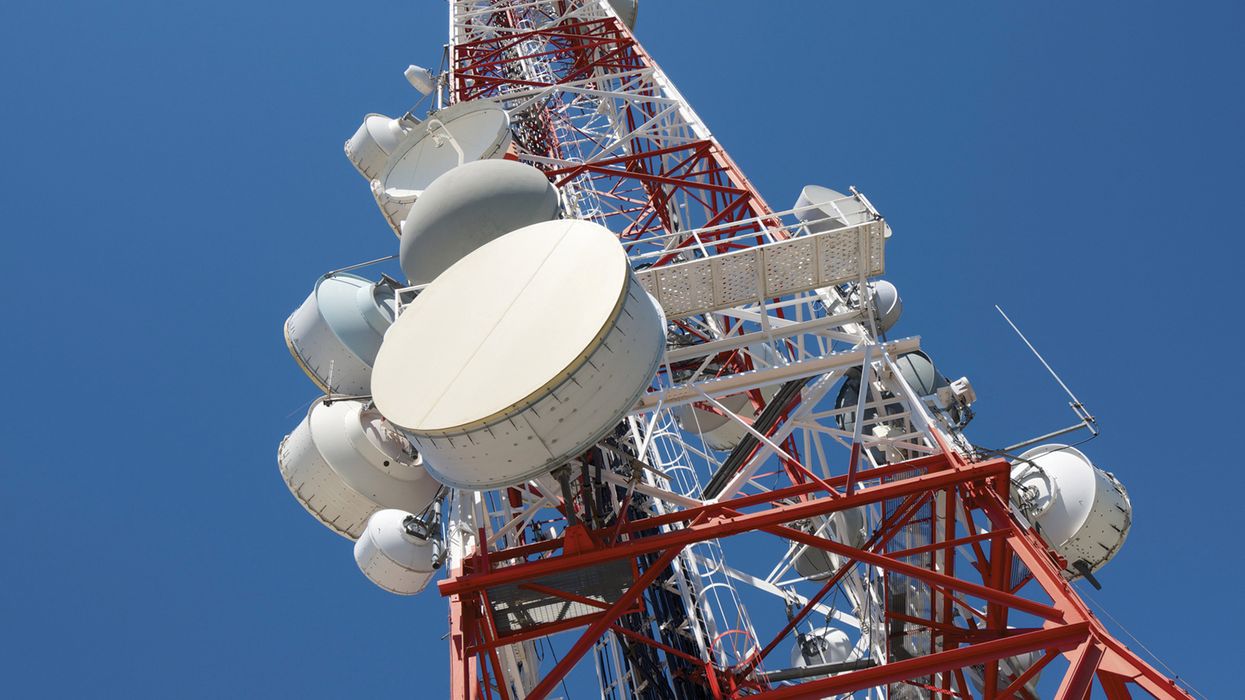Remind employees to use up their flex spending dollars
With open enrollment season coming, the Internal Revenue Service (IRS) will soon announce the 2025 figures for flexible spending arrangements — more commonly called “flex spending accounts” or “FSAs.”
What is an FSA?
An FSA is a use-it-or-lose-it health care benefit that many employers offer. At the end of the year (or grace period), employees lose any money that is left in their accounts. Thus, it’s important for employees to plan carefully and not put more money in an FSA than they think they’ll spend on medical expenses within a plan year.
On the flipside, employees may also use the entire amount before it’s actually “accrued.”
Employees may not fully understand how FSAs work. If employees are fresh out of college or new to the workforce, this might be the first time they’re managing their own health care expenses. They might not realize how to budget and prepare for medical costs.
Employees who are in the middle of their careers and who are raising a family could have different needs than others just starting out. These employees might be able to make the most of their FSA money to cover costly emergency room visits for kids’ sports injuries, eye doctor expenses, and other costs associated with raising a family.
Empty-nester employees might want to reduce their FSA funds. However, reducing their FSA contributions could bump them up into a higher tax bracket, since their take-home pay would increase. They might want to consult with a financial advisor before making any changes.
What can FSA funds be used for?
An FSA allows employees to use funds set aside in a special account for qualified medical expenses that aren’t covered by their health plan. These can include co-pays, deductibles, and a variety of medical products. Also covered are services ranging from dental and vision care.
Employers should remind employees to check with them for details on eligible expenses and claim procedures. Now is also a good time to remind employees to use up their FSA funds.
FSA funds can be used for expenses such as:
- Prescription medications
- Medical equipment (e.g., crutches)
- Medical supplies (e.g., bandages)
- Eyeglasses
- Contact lenses/solutions/cleaners
- Insulin supplies
- COVID-19 at-home test kits
- Menstrual products
- Pregnancy tests
- Blood pressure monitors
- Breast pumps and lactation supplies
- Hearing exams/aids/batteries
- Acupuncture/chiropractor treatments
- Cold and flu medicines
For 2024, the FSA contribution cap was $3,200. An employee who chose to participate in an FSA during last fall’s open enrollment could contribute up to $3,200 through payroll deductions during the 2024 plan year. If the employee's spouse has a plan through their employer, the spouse could also contribute up to $3,200 to that plan. In this situation, the couple could jointly contribute up to $6,400 for their household.
If a plan allows, an employer may also contribute to an employee’s FSA. Amounts contributed are not subject to federal income tax, Social Security tax, or Medicare tax.
Generally, employees must use their FSA money within the plan year. Some plans offer a grace period of up to two-and-a-half months for employees to use their FSA funds. For FSAs that permit the carryover of unused amounts, the maximum 2024 carryover amount to 2025 is $640.
Employers are not required to offer either option, but many do since it’s an added benefit for employees. Employers may offer either a grace period or carryover, but not both.
Key to remember: FSA funds are a convenient way to save for health care expenses. Employers and employees, however, must know what’s considered an eligible expense and when fund deadlines are.



















































